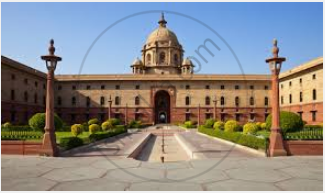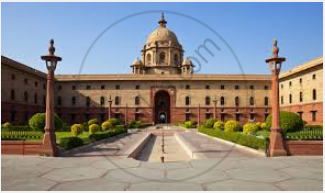Advertisements
Advertisements
प्रश्न
Answer the following question briefly:
In the context of the Parliamentary form of government, answer the following question:
Why are powers distributed between the central and the state governments?
उत्तर
As India is a vast country, it is not possible for one central government to take care of the specific needs of people living in different parts of the country. Therefore, the country has been divided into different units, which are called states. Each state has a state government and the processes of the government are shared by the central government and the state governments.
The parliamentary form of government is also present in the states. The pattern is the same-the state executive is formed out of the state legislature, whose members are directly elected by the people.
संबंधित प्रश्न
Fill in the blanks:
The functions of the government are divided into three branches, namely, the ________, the ________and the ________.
Fill in the blanks:
Subjects for legislation are divide into three lists-the ______ List, the ________List, and the ______List.
The ______ is a permanent house. It cannot be dissolved.
Choose the correct answer:
The__________is also known as the Council of States.
State whether the following is true or false:
The Vice-President is the presiding officer of the Rajya Sabha.
Answer the following question in one or two words/ sentences:
Which branch of government interprets and defines laws?
Answer the following question briefly:
Give an account of the Lok Sabha with reference to:
Basic qualifications of its members
Name the following:
The current ministers in charge of External Affairs.
Until 1950, the building in the picture was known as ‘Viceroy’s House’, and served as die residence of the Governor General of India.

Identify the building. Whose official residence is it now?
Until 1950, the building in the picture was known as ‘Viceroy’s House’, and served as die residence of the Governor General of India.

What is his/her term of office?
